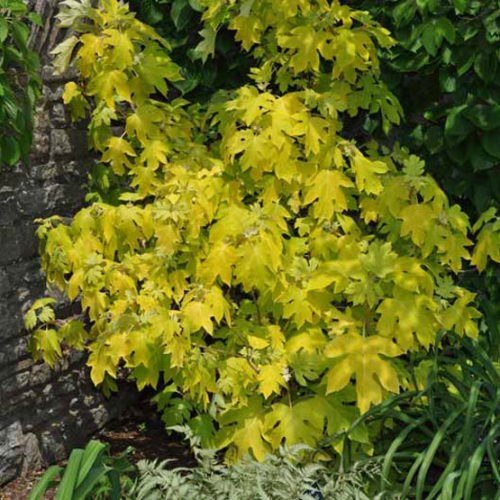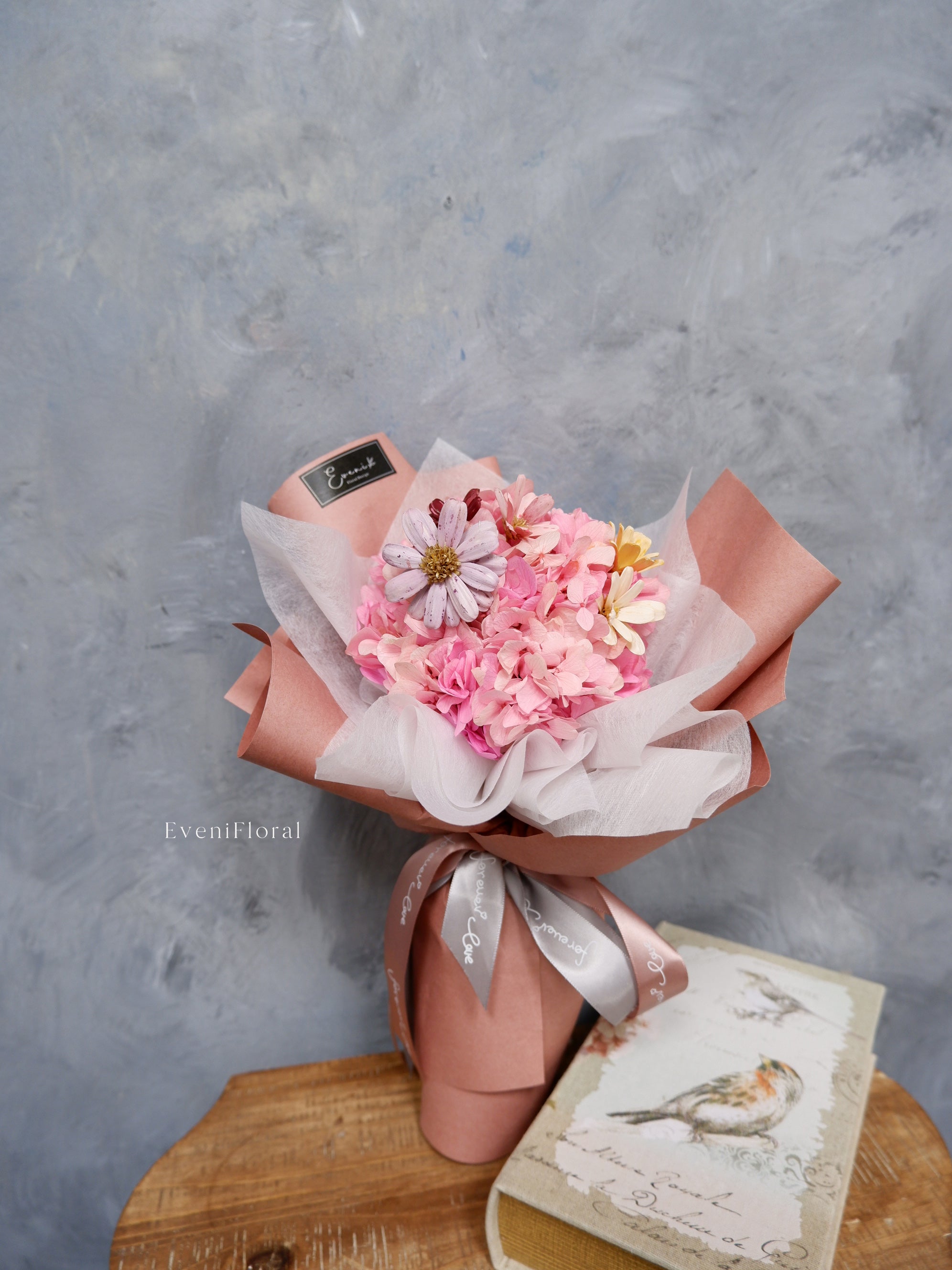Little Honey Hydrangea: The Sweetest Flower In Your Garden
Little Honey Hydrangea: The Sweetest Flower in Your Garden
If you're looking for a beautiful and fragrant flower to add to your garden, look no further than the Little Honey Hydrangea. This dwarf variety is perfect for small yards and spaces, and it's sure to add a touch of sweetness to your landscape.
Little Honey Hydrangeas are known for their bright golden-yellow foliage in spring, which matures to chartreuse in summer. The flowers are white with hints of pink as they age, and they appear in clusters in June and July. In the autumn months, the foliage turns to a showy deep red color.
In addition to their beautiful flowers, Little Honey Hydrangeas also have a sweet honey-like fragrance. This makes them a great choice for a garden where you want to attract bees and butterflies.
Little Honey Hydrangeas are relatively easy to care for. They prefer full sun or part shade, and they need moist, well-draining soil. They are also relatively drought tolerant, once they are established.
To care for your Little Honey Hydrangea, you should fertilize it in the spring and water it regularly, especially during hot, dry weather. You should also prune it after flowering to remove spent blooms.
Little Honey Hydrangeas are a low-maintenance shrub that can add beauty and fragrance to your garden for many years to come. If you're looking for a new addition to your garden, be sure to consider this sweet little flower.
Main Content
Here are some additional things to know about Little Honey Hydrangeas:
- They are hardy in USDA zones 5-9.
- They grow to be 3-4 feet tall and wide.
- They bloom on old wood, so you should prune them right after flowering.
- They are resistant to pests and diseases.
Here are some tips for planting and caring for Little Honey Hydrangeas:
- Choose a location that gets full sun or part shade.
- Amend the soil with organic matter before planting.
- Water the plant regularly, especially during the first year after planting.
- Fertilize the plant in the spring with a balanced fertilizer.
- Prune the plant after flowering to remove spent blooms.
Little Honey Hydrangeas are a beautiful and fragrant addition to any garden. With their low-maintenance requirements, they are a great choice for even the most novice gardener.
Conclusion
If you're looking for a sweet and charming flower to add to your garden, the Little Honey Hydrangea is a great option. With its bright golden-yellow foliage, white flowers with hints of pink, and sweet honey-like fragrance, this dwarf variety is sure to add a touch of beauty and sweetness to your landscape.
If you're looking for a beautiful and low-maintenance hydrangea, the little honey hydrangea is a great option. These compact shrubs are perfect for small gardens or containers, and they produce stunning, honey-scented blooms in shades of pink, blue, or white.
To learn more about little honey hydrangeas, I recommend visiting . This website has a wealth of information on the plant, including its history, care requirements, and how to propagate it. You can also find photos of different little honey hydrangea cultivars, so you can choose the perfect one for your garden.
FAQ of little honey hydrangea
Question 1: What is a little honey hydrangea?
Answer: A little honey hydrangea is a compact variety of oakleaf hydrangea that is known for its delicate, honey-colored blooms. It grows 3-4 feet tall and 4-5 feet wide, and it blooms in late spring to early summer. Little honey hydrangeas are relatively easy to care for and are a popular choice for home gardens.
Question 2: How do I care for a little honey hydrangea?
Answer: Little honey hydrangeas prefer full sun to part shade and moist, well-drained soil. They are relatively drought tolerant, but they will benefit from regular watering during the summer months. Little honey hydrangeas do not require a lot of pruning, but you may want to remove any dead or diseased branches in the spring.
Question 3: What are the common pests and diseases of little honey hydrangeas?
Answer: Little honey hydrangeas are generally resistant to pests and diseases, but they can be susceptible to aphids, scale, and powdery mildew. If you notice any pests or diseases on your little honey hydrangea, you can treat them with insecticidal soap or neem oil.
Question 4: What are the different colors of little honey hydrangeas?
Answer: The blooms of little honey hydrangeas can vary in color from light pink to deep pink to honey-yellow. The color of the blooms is affected by the pH of the soil. In acidic soils, the blooms will be pink, while in alkaline soils, the blooms will be yellow.
Question 5: How do I propagate little honey hydrangeas?
Answer: Little honey hydrangeas can be propagated by softwood cuttings in the spring or by division in the fall. To propagate by softwood cuttings, take 4-6 inch cuttings from new growth and root them in a well-draining potting mix. To propagate by division, dig up a mature little honey hydrangea and divide it into several smaller plants.
Image of little honey hydrangea
5 different images of "little honey hydrangea" from Pinterest:
A close-up of a single little honey hydrangea bloom, with its delicate petals and soft pink color.
A cluster of little honey hydrangea blooms, in full bloom, against a backdrop of green leaves.
A row of little honey hydrangea bushes, in full bloom, in a garden.

A little honey hydrangea bouquet, in a vase, with white roses and baby's breath.




Post a Comment for "Little Honey Hydrangea: The Sweetest Flower In Your Garden"